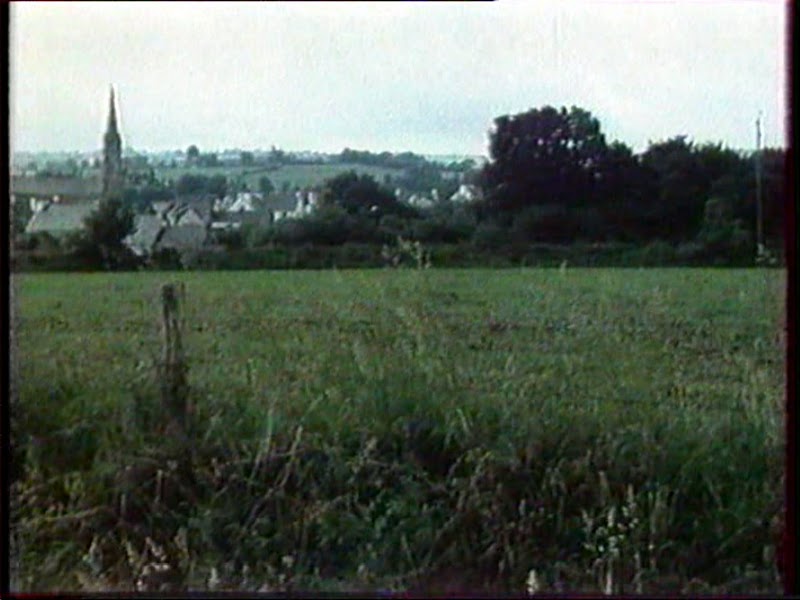Excerpted from a chapter in my book Film: The Front Line 1983. — J.R.
Of all the films discussed at length in this book, Too Soon, Too Late (1981) is conceivably the one that has had the strongest impact on me, although I have seen it only twice. After having seen it the first time, in Spring 1982, I was sufficiently impressed to put the film at the end of my “all-time” top ten list for Sight and Sound’s international critics’ poll later the same year. Consequently, it seems paradoxical yet unavoidable that of all the films dealt with here, Too Soon, Too Late automatically qualifies as the most difficult and elusive to write about. My two previous efforts have yielded only a few inadequate and hastily conceived sentences in the introduction to my Straub-Huillet catalog, and a somewhat more reasoned paragraph in the conversation with Jonas Mekas which opens this book. The notes below cannot pretend to be more than an interim report; further and more extensive analysis will have to await a future date:
(a) First, a few concrete facts about the film. For the first time in a Straub-Huillet film, the texts used are all read off-screen, making separate versions in different languages possible without any recourse to dubbing. Hence the film exists in four separate versions, with the same two people – Danièle Huillet and Bhagat El Nadi – reading the three texts in each one: English, French, German and Italian. Consequently, it is the first Straub-Huillet film that can be seen in an English-speaking country without the distraction of subtitles. Otherwise, the sound in the film, as is usual for Straub-Huillet, is all direct.
(b) A few more facts: The first text, read by Huillet, is an excerpt from a letter written by Friedrich Engels to Karl Kautsky describing the impoverished state of the French peasantry on the eve of the French Revolution – accompanied by a shot moving through a busy Paris intersection. Then come longer excerpts from the Cahiers de Doléances (1), while we see the various places in France that are described as they appear today – ranging from spots just outside Lyon and Rennes to more rural places including Tréogan, Mottreff, Marbeuf and Harville. These sequences, filmed by a mainly panning camera in June 1980, are practically all devoid of people, giving them, in Straub’s words, a “science fiction, deserted-planet aspect”. The second part of the film, roughly twice as long, uses a more recent Marxist text about the Egyptian peasants’ resistance to the English occupation prior to the “petit-bourgeois” revolution of Neguib in 1952 – a more journalistic text by Mahmoud Hussein, author of Class Struggles in Egypt. In both sections, it is suggested that the peasants revolt too soon and succeed too late. Once again, the locations cited in the text are filmed by Straub-Huillet (the shooting of this portion was done in May 1981), basically the sites of revolutionary struggle, again mainly rural. Here the camera occasionally remains motionless – most noticeably in the longest single take in the film, which shows workers leaving a factory in Cairo. But there are also a certain number of slow lateral and circular pans, as well as more rapid views from a car moving through various villages. (The only shot taken from a moving vehicle in the first part, if memory serves, is of the busy Paris intersection.) After this section is a sort of Egyptian coda containing unsubtitled newsreel footage from TV of a speech relating to the 1952 revolution, followed by a downward pan that passes from a skyscraper in contemporary Cairo to waves from the Nile beating relentlessly against the shore.
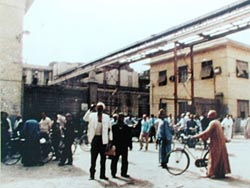
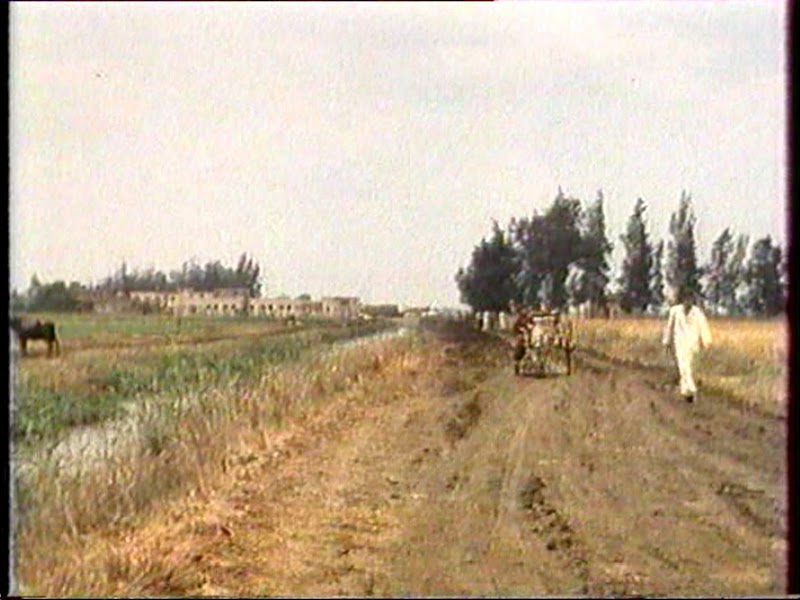
(c) Central to the unique impact of Too Soon, Too Late – which Dave Kehr, the very perceptive critic of the Chicago Reader, called “the most sensually captivating film” he saw in 1982 – is the resonance it gives to specific places, particularly in the second part; no other film has come even remotely close to making me feel I’ve been to Egypt, which this film does. A lot of this has to do with tempo, rhythm, pacing: the sight and sound of a donkey pulling a cart down a road towards the camera is recorded in long shot and at leisure, with no sense of either ellipsis or dramatic underlining according to any principle other than the placement of camera and microphone in relation to the event. The extraordinary result of this technique is that one almost feels able to taste these places, to contemplate them – to observe and think about them. Some spectators find this activity tedious; many of the first spectators of Jacques Tati’s Playtime (1968) complained about it in a comparable manner, claiming that “nothing happens”. Yet the significant relationship between Straub-Huillet’s long shots and Tati’s is that something is always taking place in them, if only the spectator can learn to watch and listen without expecting to be led by the nose through the sequence.
Discovering this capacity in one’s self is part of the experience the film potentially offers. Is there any other film about the countryside and landscape – barring only special cases as James Benning’s work and Snow’s La Région centrale (1971) – in which something is always happening in the shot? It’s the absence of plot and characters that causes one’s initial feelings of loss, absence and/or boredom; yet once the feel and complexity of these places begin to seep into one’s consciousness, without the confusions and distractions of a story or a too-rigid thesis that might regiment or codify them, something at once mysterious and materialistic starts to take place. (Many American critics, myself included, have committed the error of identifying the mysterious aspect of the film as “religious” – an assumption I believe a European critic with more familiarity with a Marxist tradition would be less likely to make. It is ideologically interesting that American’s find it difficult to recognize any intense practice that is not capitalistic under any category except religion or mysticism. The intensity of Straub-Huillet’s materialism may indeed seem “religious” and/or “mystical”, but such labels in this case may well run the risk of confusing more than they clarify.) Too Soon, Too Late may have no characters, but it is the most densely populated and inhabited of all Straub-Huillet’s films – a paradox that the entire film is structured around.
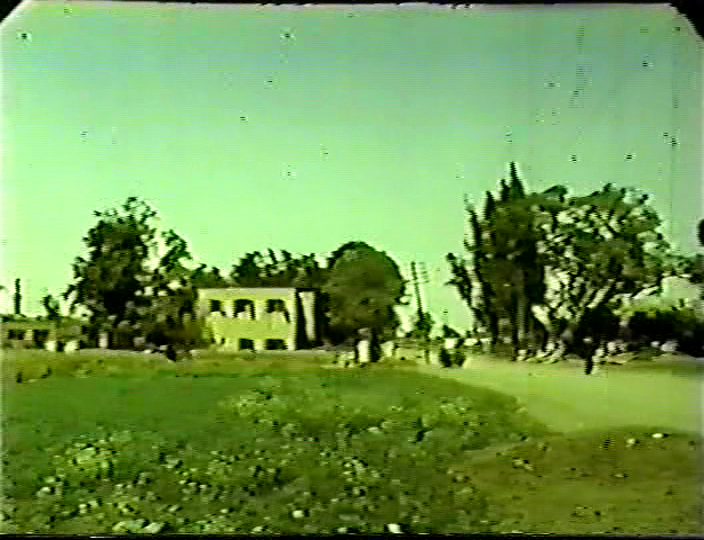
(d) Questions of camera distance in Too Soon, Too Late, like those in Playtime, are ultimately moral questions, as well as practical ones: how does one see what one needs to see without exploiting either the spectator or the person being filmed? (Many related questions of tact are broached by the landscape paintings of Patricia Patterson.) Serge Daney has some relevant things to say about this in his lovely newspaper review of the film for Liberation (20-21, February, 1982), entitled “Cinemeteorology”, which I translated for the Straub-Huillet catalog:
… [In overpopulated Egypt], the fields are no longer empty, fellahs work there, one can no longer go anywhere and film anyone any which way. The terrain of performance again becomes the territory of others. The Straubs (whoever knows their films realizes that they’re intransigent on this matter) accord much importance to the fact that a filmmaker should not disturb those whom he films. One therefore has to see the second part of Too Soon, Too Late as an odd performance, made up of approaches and retreats, where the filmmakers, less meteorologists than acupuncturists, search for the spot – the only spot, the right spot – where their camera can catch people without bothering them. Two dangers immediately present themselves: exotic tourism and the invisible camera. Too close, too far. In a lengthy “scene”, the camera is planted in front of a factory gate and allows one to see Egyptian workers who pass, enter and leave. Too close for them not to see the camera, too far away for them to be tempted to go towards it. To find this point, this moral point, is at this moment the entire act of the Straubs. With perhaps the hope that the “extras” thus filmed, the camera and the fragile crew “hidden” right in the middle of a field or a vacant lot would only be an accident of the landscape, a gentle scarecrow, another mirage carried by the wind.
These scruples are astonishing. They are not fashionable. To shoot a film, especially in the country, means generally to devastate everything, disrupt the lives of people while manufacturing country snapshots, local color, rancid back-to-nature museum pieces. Because the cinema belongs to the city and no one knows exactly what a “peasant cinema” would be, anchored in the lived experience, the space-time of peasants. It is necessary therefore to see the Straubs, city inhabitants, mainland navigators, as lost. It is necessary to see them in the middle of the field, moistened fingers raised to catch the wind and ears pricked up to hear what it’s saying. So the most naked sensations serve as a compass. Everything else, ethics and aesthetics, content and form, derives from this.
To Daney’s second paragraph, two personal footnotes should be added. Danièle Huillet, who sent me a copy of Daney’s review, added one small caveat: “Jean-Marie is a ‘Stadtkind’ [city-child] but I grew up in the country, though born in Paris …” And Sara Driver has suggested to me that Too Soon, Too Late may indeed be more Huillet’s film than Straub’s, reflecting her country background – just as En Rachâchant (1982), again according to Driver, may be more Straub’s.
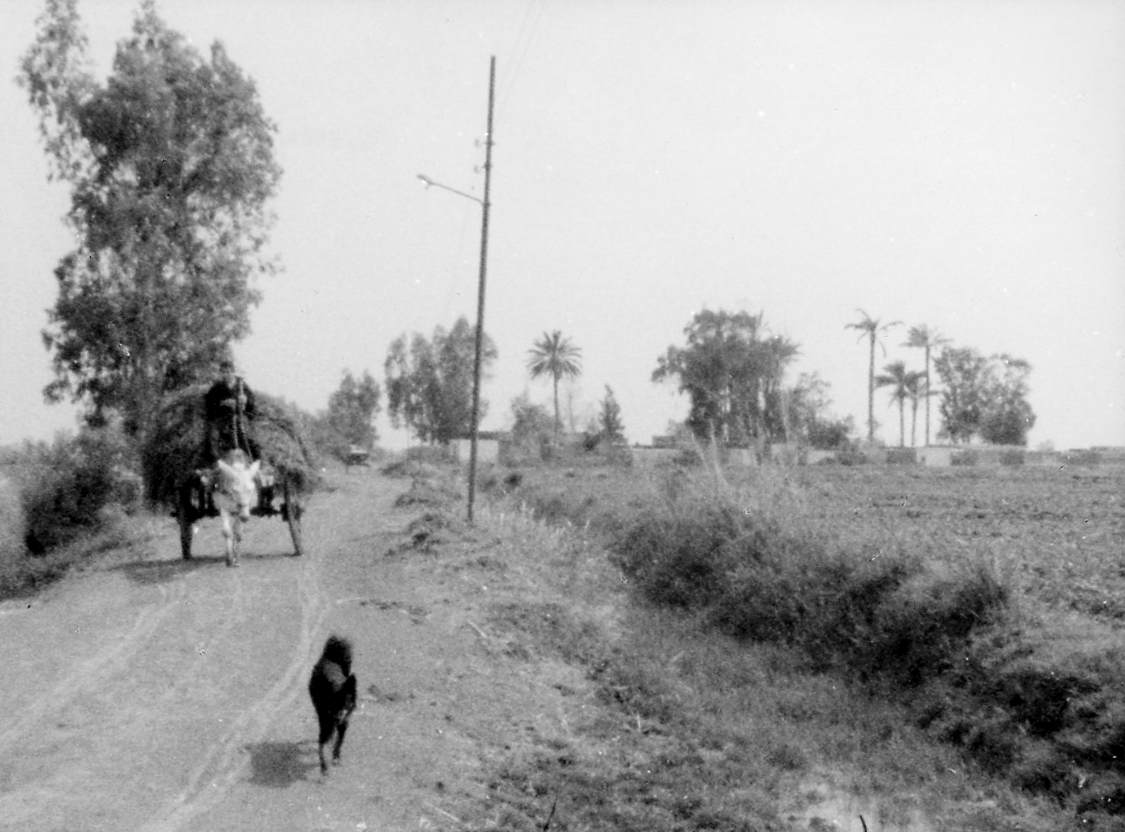
(e) As I suggested earlier in this book, Too Soon, Too Late inverts the usual relationship in a Straub-Huillet film between landscape and text – the landscape becoming the film’s central text, the verbal text becoming the film’s “setting”. Practically speaking, this reduces the relative importance of the verbal texts in the films – although when I mentioned this notion to Straub, he countered that nevertheless the film could never have been made without those texts. And the documentary side of this – which is of course the major element apart from comedy separating Straub-Huillet’s use of long shots from Tati’s in Playtime – has specifically musical implications. The uncontrolled movements of people, animals and weather function on this terrain like improvisations that play against the “composed” framings and camera movements, somewhat in the manner of jazz. When I proposed this parallel to Straub, he replied that a principal reference point for him and Huillet while shooting the second part of Too Soon, Too Late was the late quartets of Beethoven – particularly the use of suspensions and slow tempos. The very slow pans, according to Dave Kehr, always move in the same direction as the wind, and it is largely the sense one has of the film’s profound attentiveness to the material world that makes the film so singular a documentary – calling to mind the three living quotations cited by Straub before the screening of the film at the Collective for Living Cinema on April 30, 1983:
D. W. Griffith at the end of his life: “What modern movies lack is the wind in the trees.”
Rosa Luxembourg: “The fate of insects is not less important than the revolution.”
Cézanne, who painted Mont Saint-Victoire again and again: “Look at this mountain, once it was fire.”
Endnote
(1) These “notebooks of grievances” were written by mayors of those villages prior to the “Reunion des États Generaux” in 1789, held because of the fiscal crisis occasioned by Louis XVI’s desire for further taxation. The meeting turned into a trial of the monarchy as certain representatives of the clergy and the nobility (such as Mirabeau) joined forces with the others – the bourgeois representatives of the “Tiers-États” (the Third Estate) – to launch the French Revolution. For the average French pupil, these facts are as well known as the Boston Tea Party and the War of Independence are to an American. (For all of the above information, I am indebted to Bérénice Reynaud.)
Published on 23 Sep 2011 in Notes, by jrosenbaum

